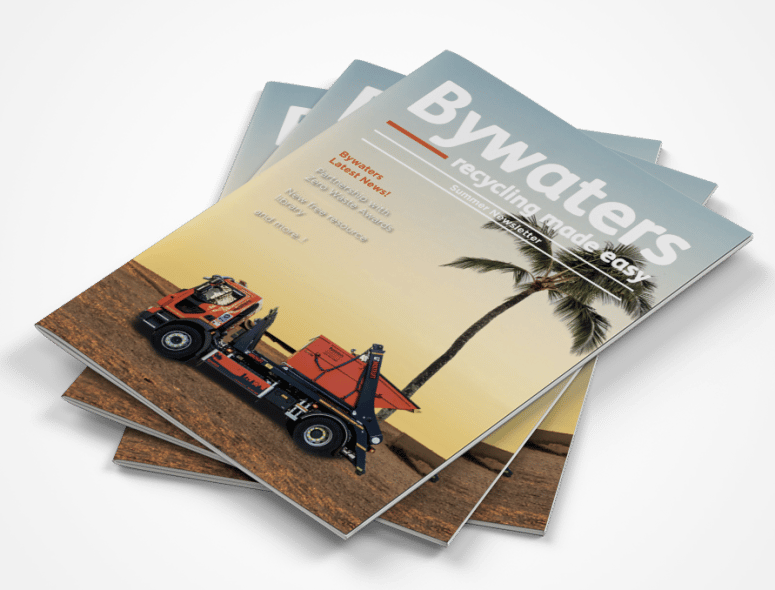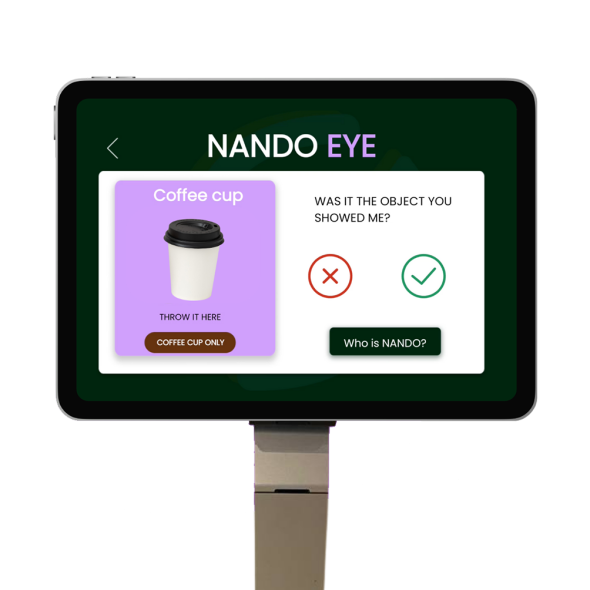Contact us today for your Free Quote
There are many lessons we learn in life through experience, recycling typically ends up being at the top of that list. I think back to my childhood and I don’t remember the moment I first learned the difference between the green and black bin, I just know I somehow did. With so many waste options available in 2023, it’s important we’re intentional about teaching the next generation how to recycle and manage waste effectively.
Whether you’re a teacher, parent or older sibling, we’ve listed some ways you can teach your children how to best take care of their rubbish:
Fun activities to teach recycling
Here are some activities you can do with your kids to teach them about recycling:
1. Bin basketball
Let’s not pretend we all haven’t done it at least once. You’re holding a piece of rubbish, you look up to see the bin open. Suddenly you’re in a Space Jam scene, you look around, compose yourself…SHOOT. Now whether you score or not is a different story. Bring out the different bins, get your children not only to shoot into them, but to decipher which is the right bin for the item they’re holding, this way points are only given for correct waste management.
2. Recycling scavenger hunt
Take them around your home or school and have them look for things that can be recycled.
3. Make a compost bin
Composting is a great way to reduce food waste. You can make a compost bin from a variety of materials, such as a wooden bin or a plastic bin.
4. Create a recycling mural
Have your kids draw pictures of things that can be recycled. You can hang the mural in your home or school to remind kids about recycling.
Where is this going?
The aim is to turn recycling into a lifestyle. Choose activities that can be turned into games, eventually your kids will be asking when they’re next playing these games and what more they can do.
5. Explain the benefits of recycling
Recycling helps to conserve natural resources, reduce pollution, and save energy. Explain these benefits to your children in a way that they can understand. For example, you could tell them that recycling one ton of paper saves 17 trees, 7,000 gallons of water, and 3 cubic yards of landfill space.
6. Show them how to recycle
Help your children to understand the different types of materials that can be recycled and how to sort them properly. You can do this by taking them to a recycling centre or by showing them how to recycle at home.
7. Make it easy for them to recycle
Make sure that there are recycling bins in your home and school that are easy for your children to access. Amazon has some cool kids bins that can help you get your message across, allowing you to build your own little waste management centre.
8. Set a good example
Recycle in front of your children and talk about why you’re doing it. This will show them that recycling is important and that you take it seriously.
9. Praise them for recycling
When your children recycle, be sure to praise them for their efforts. This will help them to continue to recycle.
Some other pointers…
- Make it fun. Learning about recycling should be fun. Use games, activities, and stories to make it interesting for your children.
- Be patient. It may take some time for your children to learn about recycling. Be patient and keep teaching them.
- Use positive reinforcement. When your children recycle, be sure to praise them for their efforts. This will help them to continue to recycle.
By doing these activities with your kids, you can help them to learn about recycling and become more environmentally conscious.
Think about colour-coded bins…
Colour-coded bin systems are a great way to help people recycle properly. Each bin is a different colour, and each represents a different type of material that can be recycled. For example, a blue bin might be used for paper, a green bin might be used for plastic, and a yellow bin might be used for metal.
Bin labels
Bin labels can also be helpful for people who are unsure about what materials can be recycled. Labels can be placed on the bins to indicate what materials are accepted.
By using colour-coded bin systems and bin labels, you can help to ensure that your recycling is properly sorted and recycled. This will help to conserve natural resources, reduce pollution, and save energy.
Recycling is an important part of waste management. It helps to conserve natural resources, reduce pollution, and save energy. By teaching your children about recycling, you can help them to become more environmentally conscious and make a difference in the world.
Want to find out more about what we do?
At Bywaters, teaching about sustainable waste management is at the heart of what we do. Click here to find out more about our Waste Management Course. Alternatively, check out this article about a few eco-friendly activities you can do this summer.


